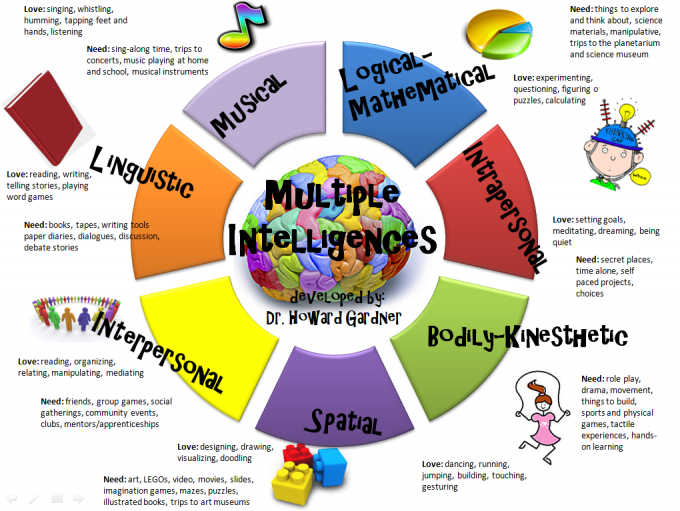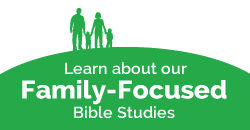Who’s your audience? Effective lessons are geared to and connect with learners where they are.
This question applies to family Bible study leaders, Children’s Ministers, homeschool moms and dads, Sunday school teachers, AWANA leaders, church volunteers, childcare workers, and nursery workers.
I led a breakout during a children’s ministry leader training at my church the last Saturday in February. This is a little of what I shared. I hope it blesses you and your church.
Short Attention Spans
- Be sensitive to when it’s time to change the activity.
- Keep Bible lessons short and too the point. Still, it’s important to answer kids questions as they are exploring Bible truths. It’s a balancing act.
- Change up the pace. Alternate quiet, “sit still” times with active times (like crafts, games, music, or projects).
- Change your plan as needed. It may be a “high energy day.” Be ready to adapt.
Different Learning Preferences
- Visual, Auditory, Body movement (a.k.a. haptic or kinesthetic)
- See the Multiple Intelligences chart below

Age-Appropriate
- LifeWay’s Levels of Biblical Learning gives general age-appropriate benchmarks for birth through preteen (11 and 12 year olds).
Wide Age Range
- Consider different levels of involvement. For example, modify a craft to make it easier for younger kids.
- Consider centers or stations. Centers aren’t just for preschoolers! Centers add variety to play and learning. There are several ways to do centers:
- Assign kids to beginning centers. Either mix ages so older kids can help younger ones or keep younger and older children separate.
- Consider assigning older children to be in charge of specific centers.
- Allow kids to choose their own centers. Consider limiting how many children may be at each station at one time.
- Set a timer and have all kids move stations when the time is up.
Posted in Teaching Tips




